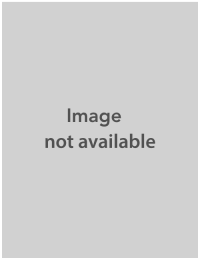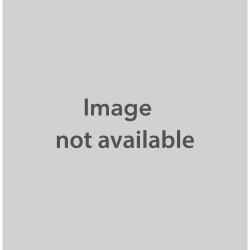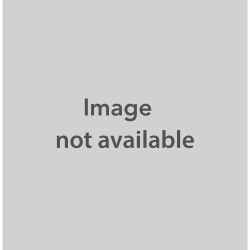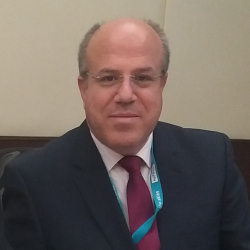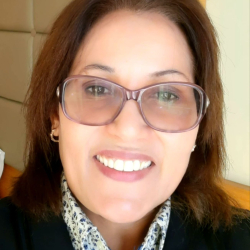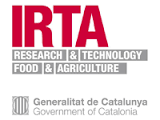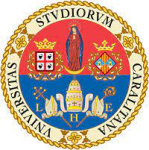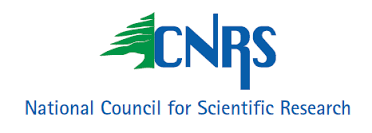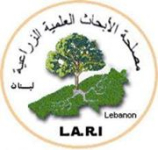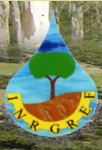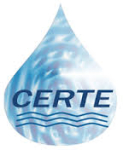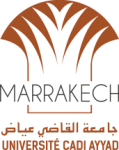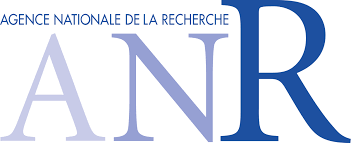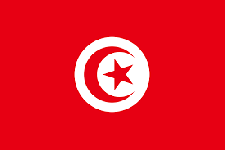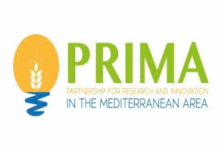ABOUT US
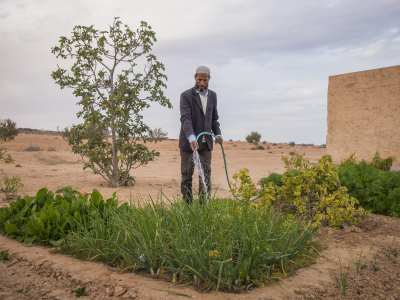
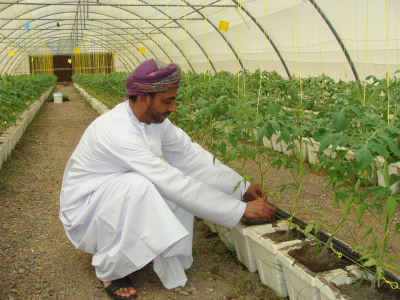
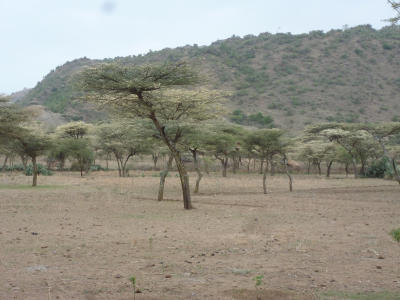
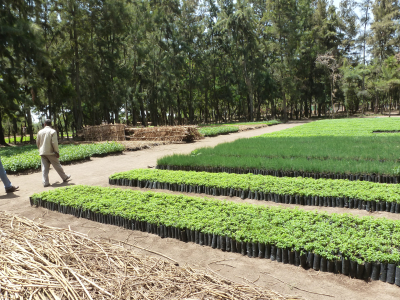
The ALTOS project aims to improve water management models for rainfed and irrigated agriculture, by considering the modulation of spatial structures and connectivities induced by hydro-agricultural infrastructures and practices (e.g., modulating regional land use to drive upstream / downstream water repartition). Four study sites are considered for integrated analysis in Morocco, Lebanon and Tunisia; and two study sites are considered for methodological developments in Spain and Italy. WP1 deals with monitoring and modelling tools for characterizing spatial structures. It includes the use of innovative sensors for structure observations, and of innovative methods for data processing. WP2 addresses innovative monitoring tools for characterizing processes induced by spatial structures (.e.g, water flows). It includes several protocols relying on complementary measurements. WP3 addresses innovative modelling for simulating individual (e.g., evapotranspiration) and combined (e.g., hydrological cycle) processes. It includes multi-objectives / multi-criteria calibration procedures relying on distributed / nested measurements. WP4 simulates matter fluxes and storages for possible structure modulations, to next conduct an integrated analysis with end-users on the basis of participative seminars. It also cross-analyses irrigated and rainfed agrosystems, by addressing vulnerabilities and adaptation margins. WP5 deals with (1) the sharing of data and methods within the ALTOS consortium, and (2) the results dissemination and exploitation. For this latter item, we rely on long-term collaborations with several stakeholders (farmer associations, resource managers, engineering offices). Expected outcomes are related to SDG #2 (sustainable agriculture), #6 (water supply services), and #12 (responsible consumption and production). ALTOS contributes to PRIMA outcome indicators, including (1) newly modelling routines, (2) new irrigation technologies, and (3) innovative farming system.
